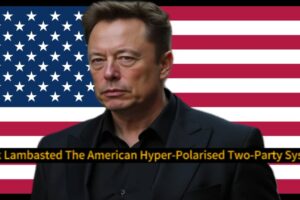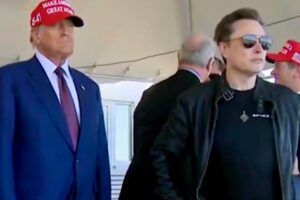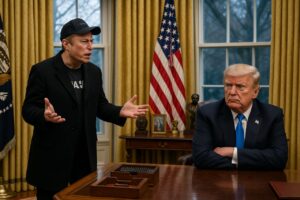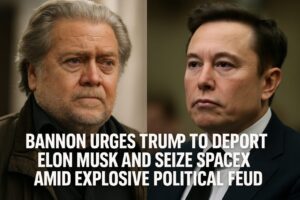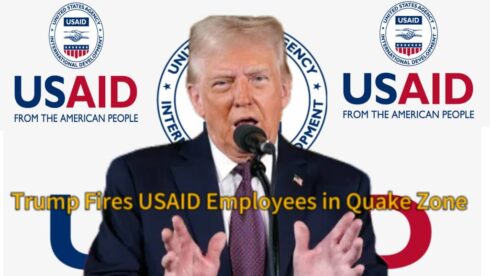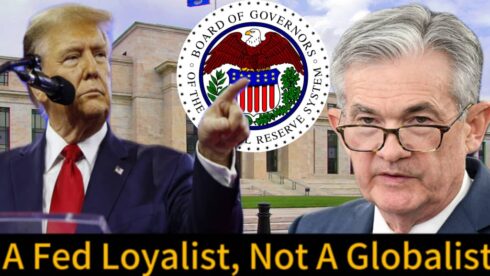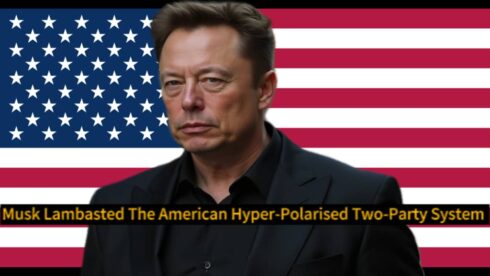Donald Trump, never one to shy away from explosive decisions, has once again seized headlines by orchestrating the mass firing of USAID employees stationed in a recent earthquake disaster zone. The move, reportedly affecting over 200 staffers and contractors, has left humanitarian operations in limbo and sparked condemnation from both domestic and international observers.
Trump, in a scathing Truth Social post, defended the action by accusing USAID of operating as a “deep state relief racket,” claiming the agency was “wasting billions while producing minimal results.” Critics argue the decision was impulsive and politically motivated, aimed more at purging federal institutions than improving on-the-ground aid. Supporters, however, view it as a long-overdue housecleaning of what Trump labels “globalist freeloaders.”
“Drain the Foreign Swamp”: Trump Reignites Anti-Bureaucracy Crusade
Positioning himself once again as the populist insurgent, Trump declared the USAID firings part of a broader campaign to “drain the foreign swamp.” Speaking at a rally in Arizona, he stated, “Why should we pay for disaster bureaucrats who live like kings while Americans suffer? Enough is enough.” The rhetoric is vintage Trump—punchy, polarizing, and aimed squarely at his base.
Former USAID officials are sounding the alarm, calling the move “reckless and retaliatory.” Yet Trump remains unmoved, portraying the agency as a bloated relic of the Washington elite, more concerned with optics than outcomes. “We’re going to put America First in foreign aid, too,” he told supporters, drawing loud applause. Whether this signals a permanent shift in U.S. humanitarian policy remains to be seen.
Ground Impact: Aid Disruption as Relief Grinds to a Halt
In the wake of the firings, several earthquake-affected regions are reporting a severe drop in aid distribution. Medical supplies, food rations, and emergency shelter programs have been delayed or halted entirely, leaving thousands vulnerable. Trump, however, brushed off the consequences, claiming the “real disaster was the inefficiency and fraud hiding behind those USAID logos.”
Aid workers on the ground paint a bleaker picture. In interviews with local news outlets, several anonymously described being abruptly locked out of coordination centers and losing access to relief databases. “It’s not just chaos—it’s sabotage,” one senior field officer said. Trump’s defenders argue that temporary disruption is a necessary price for systemic reform, but the immediate humanitarian toll continues to escalate.
International Fallout: Allies Question America’s Humanitarian Credibility
Trump’s decision has triggered a diplomatic backlash from key allies, with several countries—including Canada, Germany, and France—expressing concern over the abrupt abandonment of a coordinated relief effort. European diplomats described the action as “irresponsible and destabilizing,” questioning whether the U.S. remains a reliable partner in global crises.
Trump was defiant in response, saying, “Europe should stop lecturing us. They can pick up the slack if they care so much.” His comments have only heightened tensions, further isolating the U.S. from multilateral humanitarian coalitions. Analysts warn that if the Trump-led GOP continues down this path, it may cede long-standing leadership in global disaster response to countries like China, which are eager to expand influence through soft power.
Political Motives Questioned: Retaliation Disguised as Reform?
Behind the public justifications, Washington insiders suggest deeper political motives. Many of those fired reportedly had ties to previous Democratic administrations or had spoken out against Donald-era aid cuts. The firings may have been less about reform and more about retaliation—an attempt to purge ideological opposition under the cover of fiscal accountability.
Donald allies dismiss these accusations as “deep state whining,” insisting the move was data-driven and necessary to eliminate inefficiencies. Yet records show several recently dismissed employees had received commendations for service excellence. The narrative is split: reformist purge or strategic scapegoating? With Trump eyeing a return to the White House, the message seems clear—loyalty trumps legacy.
Future of U.S. Aid: Rebuilding or Rebranding Under Trump Doctrine?
As the dust settles, Donald’s bold reshaping of U.S. aid policy raises uncomfortable questions: Is this a dismantling or a rebranding? Will aid programs now favor political loyalty over logistical capability? And most urgently—what happens to the thousands of quake victims now caught in the crossfire of ideology and reform?
Trump’s allies have already proposed a new model dubbed “America-Verified Aid,” which would direct funds only to nations deemed strategically beneficial or ideologically aligned. While details remain vague, the vision is unmistakably Trumpian—transactional, nationalistic, and deeply polarizing. Whether this will redefine America’s role in global aid—or dismantle it entirely—may depend on the next election.


